Getting to Mars: 4 Things We’re Doing Now
We’re working hard to send humans to Mars in the 2030s. Here are just a few of the things we’re doing now that are helping us prepare for the journey:
1. Research on the International Space Station
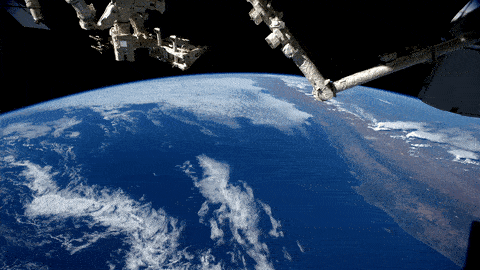
The International Space Station is the only microgravity platform for the long-term testing of new life support and crew health systems, advanced habitat modules and other technologies needed to decrease reliance on Earth.
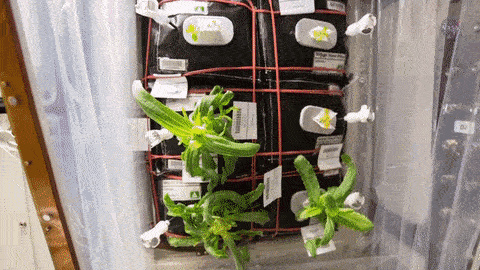
When future explorers travel to the Red Planet, they will need to be able to grow plants for food, atmosphere recycling and physiological benefits. The Veggie experiment on space station is validating this technology right now! Astronauts have grown lettuce and Zinnia flowers in space so far.

The space station is also a perfect place to study the impacts of microgravity on the human body. One of the biggest hurdles of getting to Mars in ensuring that humans are “go” for a long-duration mission. Making sure that crew members will maintain their health and full capabilities for the duration of a Mars mission and after their return to Earth is extremely important.

Scientists have solid data about how bodies respond to living in microgravity for six months, but significant data beyond that timeframe had not been collected…until now! Former astronaut Scott Kelly recently completed his Year in Space mission, where he spent a year aboard the space station to learn the impacts of microgravity on the human body.
A mission to Mars will likely last about three years, about half the time coming and going to Mars and about half the time on the Red Planet. We need to understand how human systems like vision and bone health are affected and what countermeasures can be taken to reduce or mitigate risks to crew members.
2. Utilizing Rovers & Tech to Gather Data

Through our robotic missions, we have already been on and around Mars for 40 years! Before we send humans to the Red Planet, it’s important that we have a thorough understanding of the Martian environment. Our landers and rovers are paving the way for human exploration. For example, the Mars Reconnaissance Orbiter has helped us map the surface of Mars, which will be critical in selecting a future human landing site on the planet.
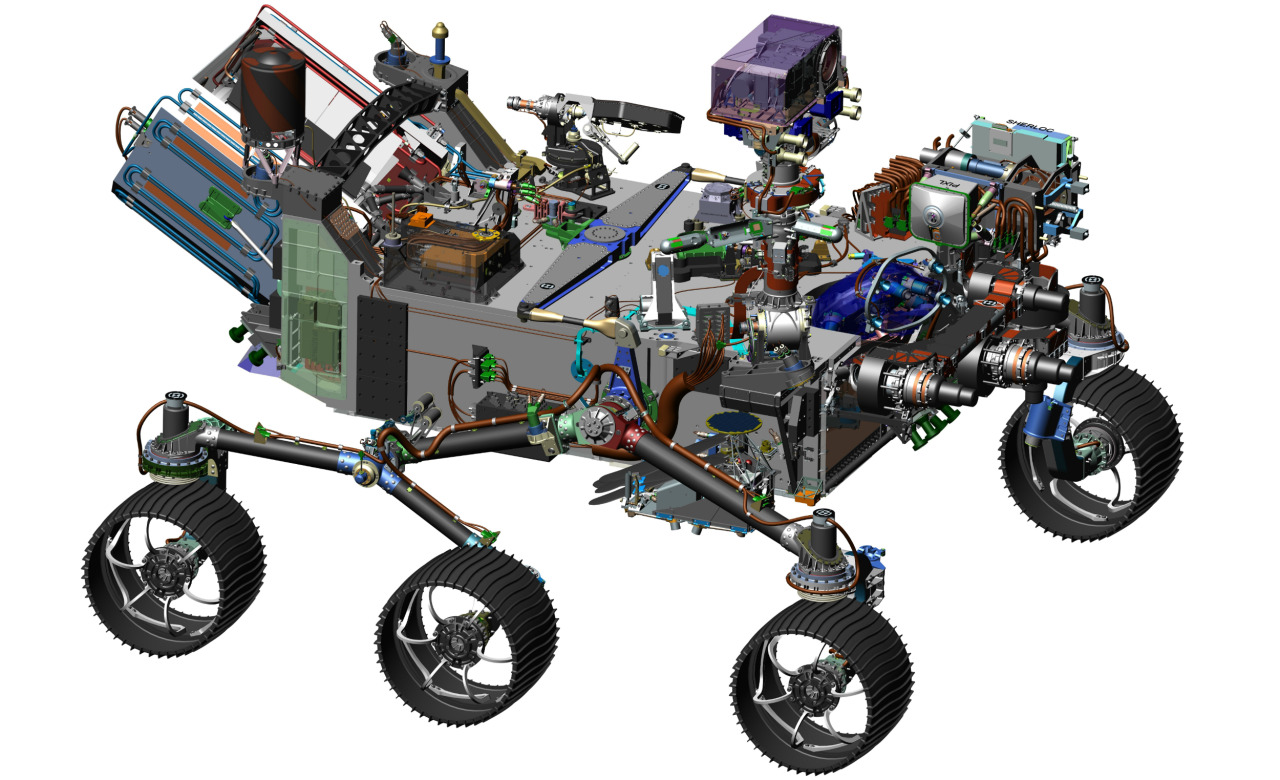
Our Mars 2020 rover will look for signs of past life, collect samples for possible future return to Earth and demonstrate technology for future human exploration of the Red Planet. These include testing a method for producing oxygen from the Martian atmosphere, identifying other resources (such as subsurface water), improving landing techniques and characterizing weather, dust and other potential environmental conditions that could affect future astronauts living and working on Mars.

We’re also developing a first-ever robotic mission to visit a large near-Earth asteroid, collect a multi-ton boulder from its surface and redirect it into a stable orbit around the moon. Once it’s there, astronauts will explore it and return with samples in the 2020s. This Asteroid Redirect Mission (ARM) is part of our plan to advance new technologies and spaceflight experience needed for a human mission to the Martian system in the 2030s.
3. Building the Ride
Okay, so we’ve talked about how we’re preparing for a journey to Mars…but what about the ride? Our Space Launch System, or SLS, is an advanced launch vehicle that will help us explore beyond Earth’s orbit into deep space. SLS will be the world’s most powerful rocket and will launch astronauts in our Orion spacecraft on missions to an asteroid and eventually to Mars.

In the rocket’s initial configuration it will be able to take 154,000 pounds of payload to space, which is equivalent to 12 fully grown elephants! It will be taller than the Statue of Liberty and it’s liftoff weight will be comparable to 8 fully-loaded 747 jets. At liftoff, it will have 8.8 million pounds of thrust, which is more than 31 times the total thrust of a 747 jet. One more fun fact for you…it will produce horsepower equivalent to 160,000 Corvette engines!
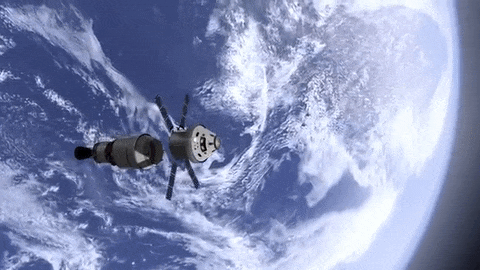
Sitting atop the SLS rocket will be our Orion spacecraft. Orion will be the safest most advanced spacecraft ever built, and will be flexible and capable enough to carry humans to a variety of destinations. Orion will serve as the exploration vehicle that will carry the crew to space, provide emergency abort capability, sustain the crew during space travel and provide safe re-entry from deep space return velocities.
4. Making it Sustainable
When humans get to Mars, where will they live? Where will they work? These are questions we’ve already thought about and are working toward solving. Six partners were recently selected to develop ground prototypes and/or conduct concept studies for deep space habitats.
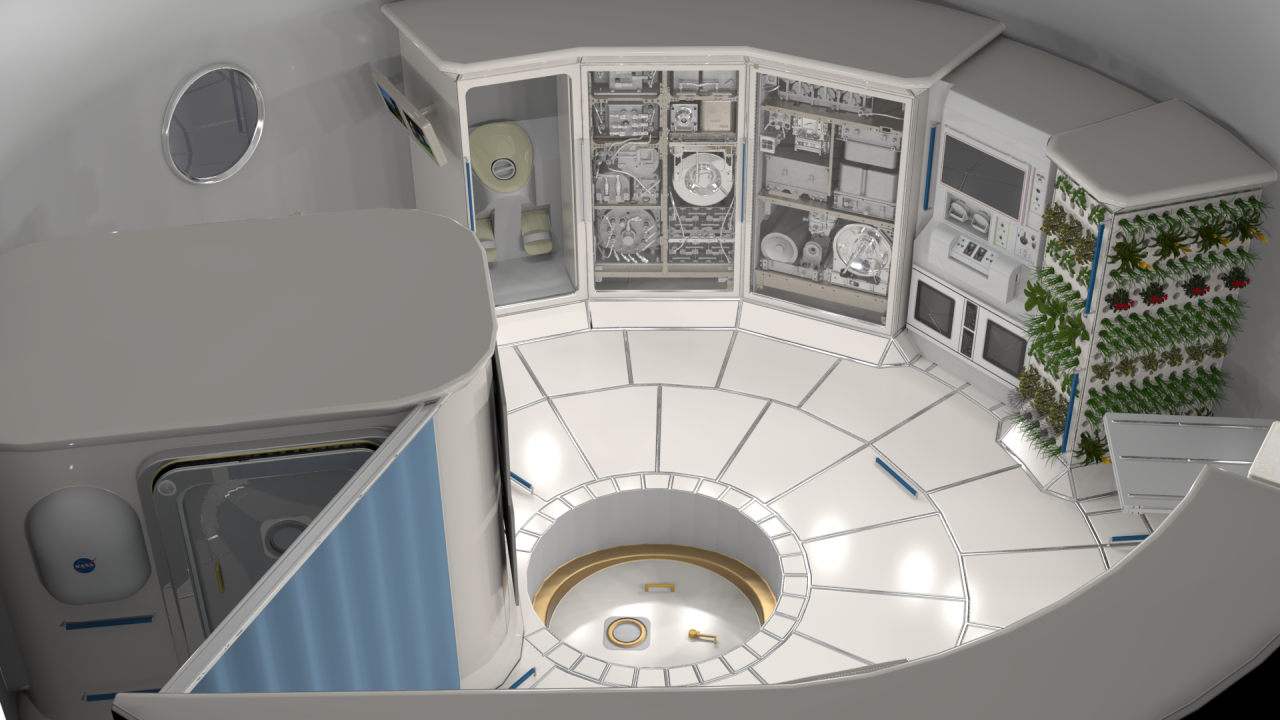
These NextSTEP habitats will focus on creating prototypes of deep space habitats where humans can live and work independently for months or years at a time, without cargo supply deliveries from Earth.

Another way that we are studying habitats for space is on the space station. In June, the first human-rated expandable module deployed in space was used. The Bigelow Expandable Activity Module (BEAM) is a technology demonstration to investigate the potential challenges and benefits of expandable habitats for deep space exploration and commercial low-Earth orbit applications.
Our journey to Mars requires preparation and research in many areas. The powerful new Space Launch System rocket and the Orion spacecraft will travel into deep space, building on our decades of robotic Mars explorations, lessons learned on the International Space Station and groundbreaking new technologies.
Make sure to follow us on Tumblr for your regular dose of space: http://nasa.tumblr.com
nasa space journeytomars nasamarsday mars technology research